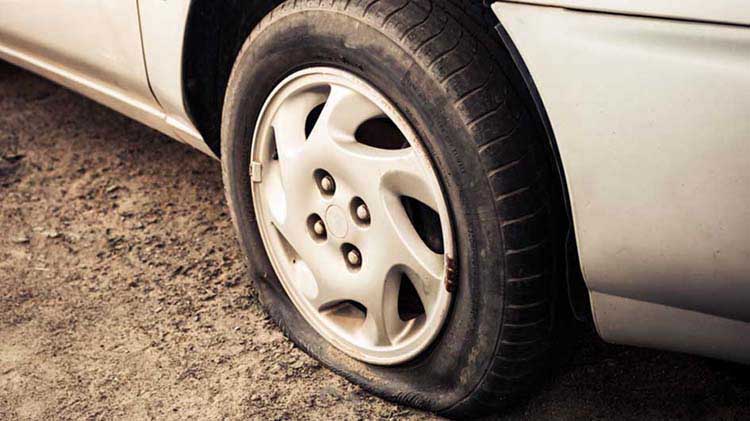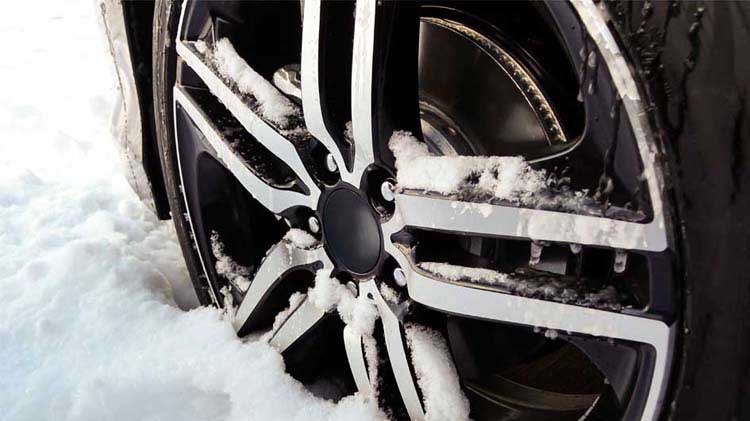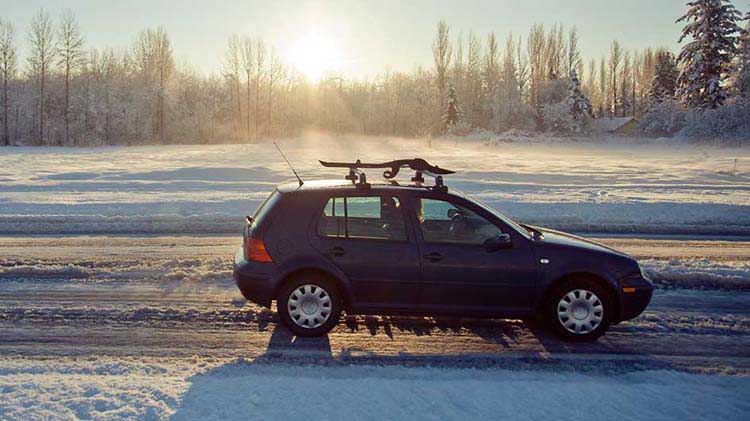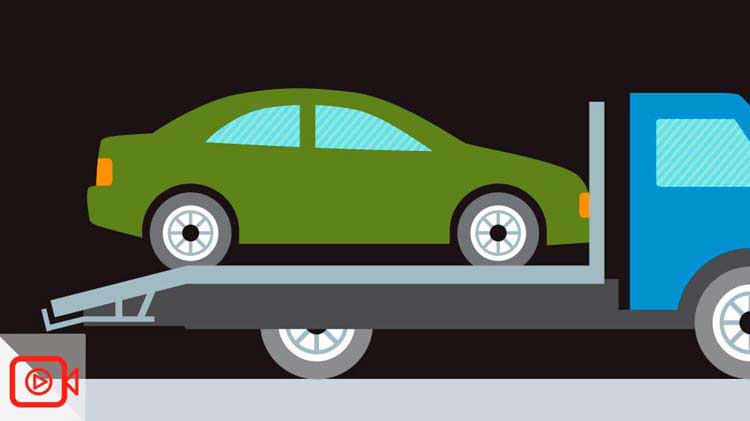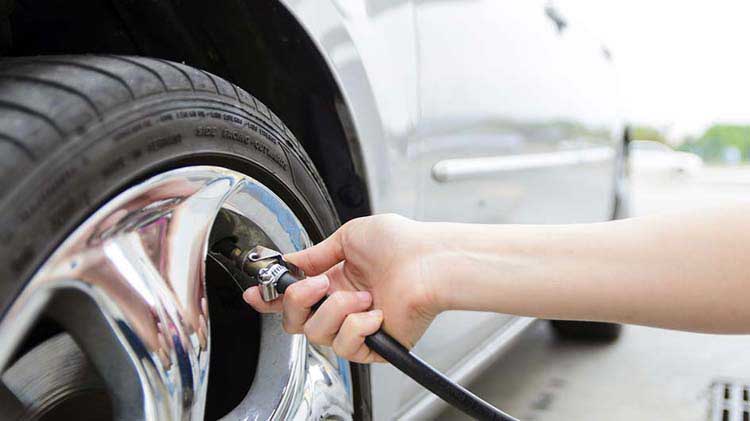Run flat tires pros and cons
You can drive on them while they're flat. Read the pluses and minuses of run flat tires.
Run flat tires, also known as self supporting tires, are vehicle tires designed to resist the effects of deflation when punctured. Some can be driven on at reduced speeds, up to 55 mph and for limited distances of up to 100 miles or even 200 miles depending on the type of tire. Run flat tires could possibly be driven on for up to 50 miles with no air in them, a feature that has some real safety benefits.
But before you go out and buy a set, consider both the advantages and disadvantages.
Run flat tire pros
If you get a flat, you can likely drive to a service station and have the tire changed rather than having to do so yourself under dangerous roadside conditions. In case of a sudden loss of tire pressure while on the freeway, handling remains near-normal. This can help avoid sudden changes in vehicle stability that can turn a tire failure into a tragic accident.
Run flat tires are heavier than conventional tires but it could be less total weight because you won't need to carry a spare tire or jack.
Run flat tire cons
Run flats can weigh more, decrease ride comfort and handling and are less readily available. Some consumers contend they also wear faster and less evenly than conventional tires. And because of the possible increase in weight, the tires can reduce fuel economy. They can't be repaired or reinflated, so a damaged tire can only be replaced. And these tires are typically much more expensive.
On a new vehicle designed for such tires, run flats are worth considering, especially since run flat technology is advancing rapidly.
If you don't have run flats, check your tire pressure often. One of the the most common causes of tire failure is underinflation. This can lead to a blowout or flat tire. Slow leaks can cause this underinflation. Keeping your tires properly inflated and fixing any slow leaks promptly can dramatically decrease your risk of a blowout or flat, in addition to improving your gas mileage.
For more on tire maintenance and ways to save fuel, take a look at this article – Use less gas with these tricks of fuel efficient drivers.
